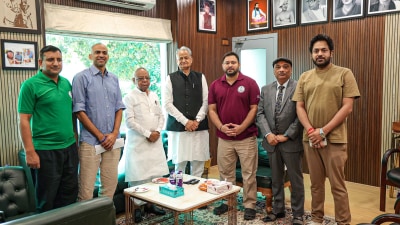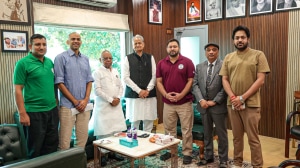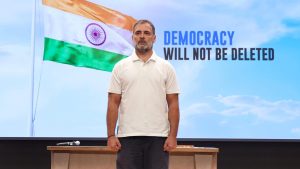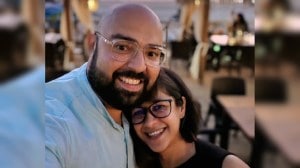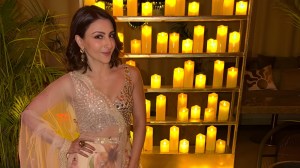Sunday Long Reads: How Hazaribagh became an ’empty forest’, BV Doshi’s legacy, Ruth Ozeki on storytelling, and more
Check out this week's interesting stories!
 Hazaribagh was once famed as the land of a thousand tigers. (Source: Mihir Vatsa)
Hazaribagh was once famed as the land of a thousand tigers. (Source: Mihir Vatsa) Hazaribagh: Once the abode of tigers, now an example of the ‘empty forest’ syndrome
“Three miles from our winter home, and in the heart of the forest, there is an open glade… It was in this glade, which for beauty has no equal, that I first saw the tiger who was known throughout the United Provinces as ‘The Bachelor of Powalgarh’, who from 1920 to 1930 was the most sought-after big-game trophy in the province”, wrote Jim Corbett in Man-Eaters of Kumaon (1944). The Bachelor, described by hunters to be “as big as a Shetland pony” was arguably one of the biggest tigers to have ever lived. However, unlike most other big cats Corbett shot, The Bachelor was no man-eater. At best he was a threat to the local cattle, though that was hardly a consolation to one of Corbett’s buffalo herder friends to whom the Bachelor was “a shaitan of a tiger, the size of a camel… big enough to eat a buffalo a day, and ruin him in twenty-five days”. The Bachelor met his end at the hands of Corbett in the spring of 1930.
How our parents prepared us for life
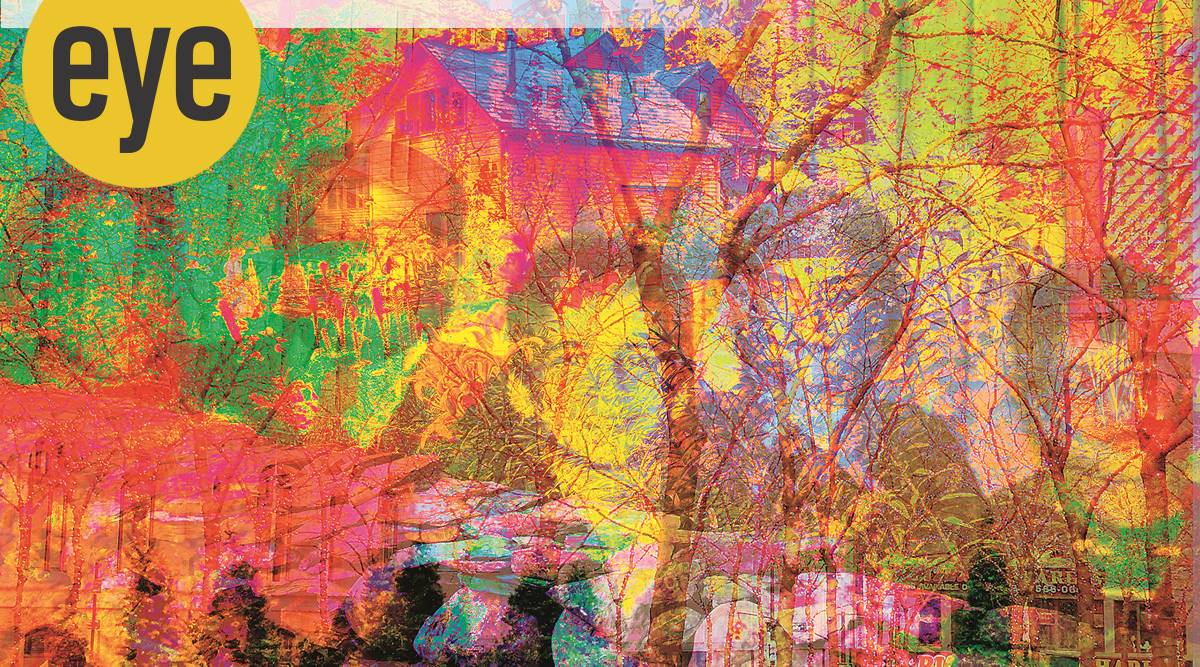 Our parents taught us to find purpose in life and make that our reason to get up in the morning. (Pic source: Suvir Saran)
Our parents taught us to find purpose in life and make that our reason to get up in the morning. (Pic source: Suvir Saran)
My mother always says that parenting is the only job that doesn’t come with a job description. She, who turned grey in her late 20s also says she has proudly earned every white hair she has as she lived through each day with the three of her kids. As the eldest, my sister Seema was the ringleader of our trio. Samir, my brother, was the brawn with all the bravado, and I was the silent, steady mischief-maker who was least expected to do anything even remotely wrong. We brought our distinct personalities, strengths and weaknesses together and became legendary in our family and friend circles for the tireless energy with which we would descend, like a tornado, upon the homes of loved ones, rattling everyone and everything. But my parents mastered how to indulge our naughtiness and tire us out early with lasting results of quiet engagement that would charm our hosts in the end. By showing our worst first, they set the stage for the calm that came afterwards.
‘How do you make a still photograph speak?’: BV Doshi
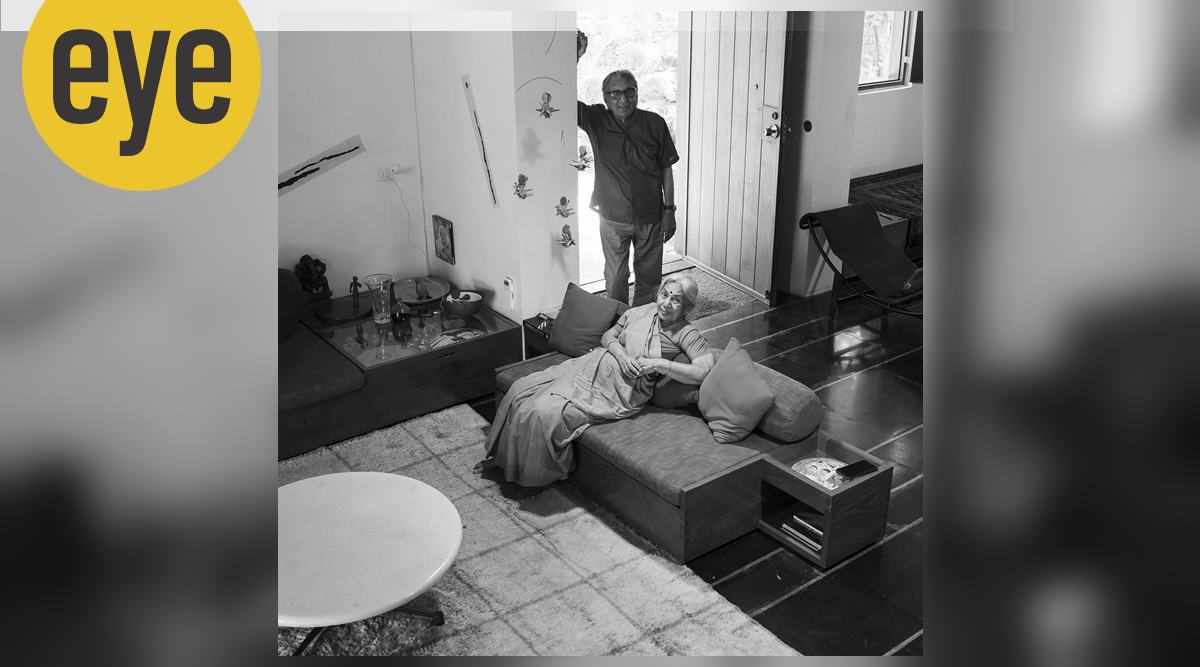 Late architect BV Doshi with wife Kamala Parikh, from the book, Portrait of a House, Conversations with BV Doshi. (Photo Courtesy: Dayanita Singh)
Late architect BV Doshi with wife Kamala Parikh, from the book, Portrait of a House, Conversations with BV Doshi. (Photo Courtesy: Dayanita Singh)
Architecture reveals itself in the relationships that it builds between people, and, for BV Doshi, architecture was not about the design but the ability to create life through it. There was something about the houses that he built that drew me back time and again, and I realised that it is not just the architecture, but how the spaces were thought of for people to live in, love in and grow in. I felt a strong connection to these houses where relationships are nurtured, and light creates its magic. There was a warmth I felt the instant I entered Kamala House in Ahmedabad in 2018 for a commissioned portrait of Mr Doshi.
Using animal names to abuse each other is a stereotype that we could do without
 No ‘snake in the grass!’ (Photo credit: Ranjit Lal)
No ‘snake in the grass!’ (Photo credit: Ranjit Lal)
Every one of us has been grossly guilty of this, without exception. Writers, like myself, who ought to have known better, ever more so. We insult each other by calling each other by the names of animals, who certainly do not deserve this. Even the generic term will do: call someone an “animal” and you’ll get your head bashed in. And then there are a whole host of species which we use to insult each other with:
‘We are the stories we tell ourselves’: American-Canadian writer Ruth Ozeki
 Ruth Ozeki and Bee Rowlatt (Courtesy: Jaipur Literature Festival)
Ruth Ozeki and Bee Rowlatt (Courtesy: Jaipur Literature Festival)
Squinting into the distance, with generous gesticulations Ruth Ozeki attempts to paint a picture of a lone man walking back and forth in a dark and smoky swamp, as she sits in a small bright room of a pavilion deep inside the Clarks Amer venue of the Jaipur Literature Festival 2023. “It’s a beautiful image,” she smiles, after describing a scene from a documentary she shot early in her career — before rigidifying her fingers into a rectangular frame, panning the invisible
camera to the left, and making a click with the corner of her mouth.
What Anjolie Ela Menon calls ‘The Husain Horse Syndrome’
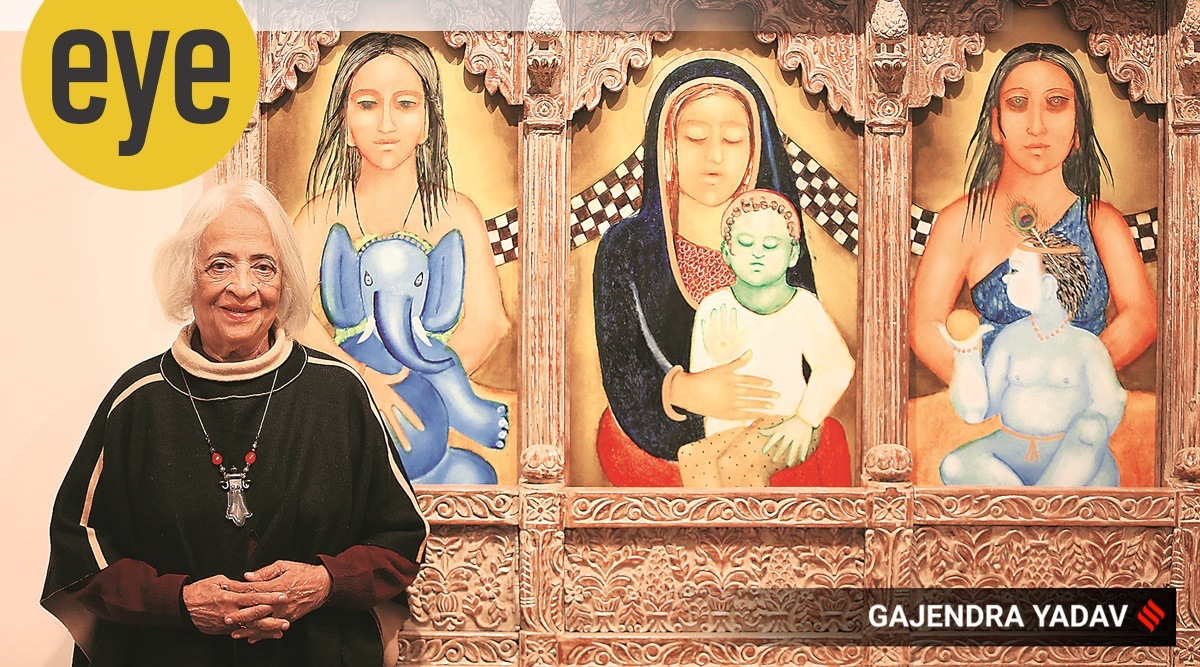 Artist Anjolie Ela Menon in Delhi (Express Photo by Gajendra Yadav)
Artist Anjolie Ela Menon in Delhi (Express Photo by Gajendra Yadav)
Could you talk about the triptych Divine Mothers, which is central to the exhibition “Nostalgia”, at Vadehra Art Gallery (till January 31) where you portray Parvati, Mariam and Yashoda?
I have been painting the mother-and-child theme for years now. I was first influenced by early Christian art. Madonna and the Child is a dominant one in Byzantine art, where the divine mother is always seen holding Christ. I translated that into my life, my own experience of motherhood, where the birth of a child was like an epiphany for me. Eight years ago, I started painting the divine mothers because though we worship divine beings, be it Jesus, Ganapati or Krishna, we don’t always worship their mothers. This is also my reaction to feminism, where I feel shakti or the strength of women is important. In Hindu mythology, we have so many powerful women – Durga, Kali, Lakshmi.






- 01
- 02
- 03
- 04
- 05


